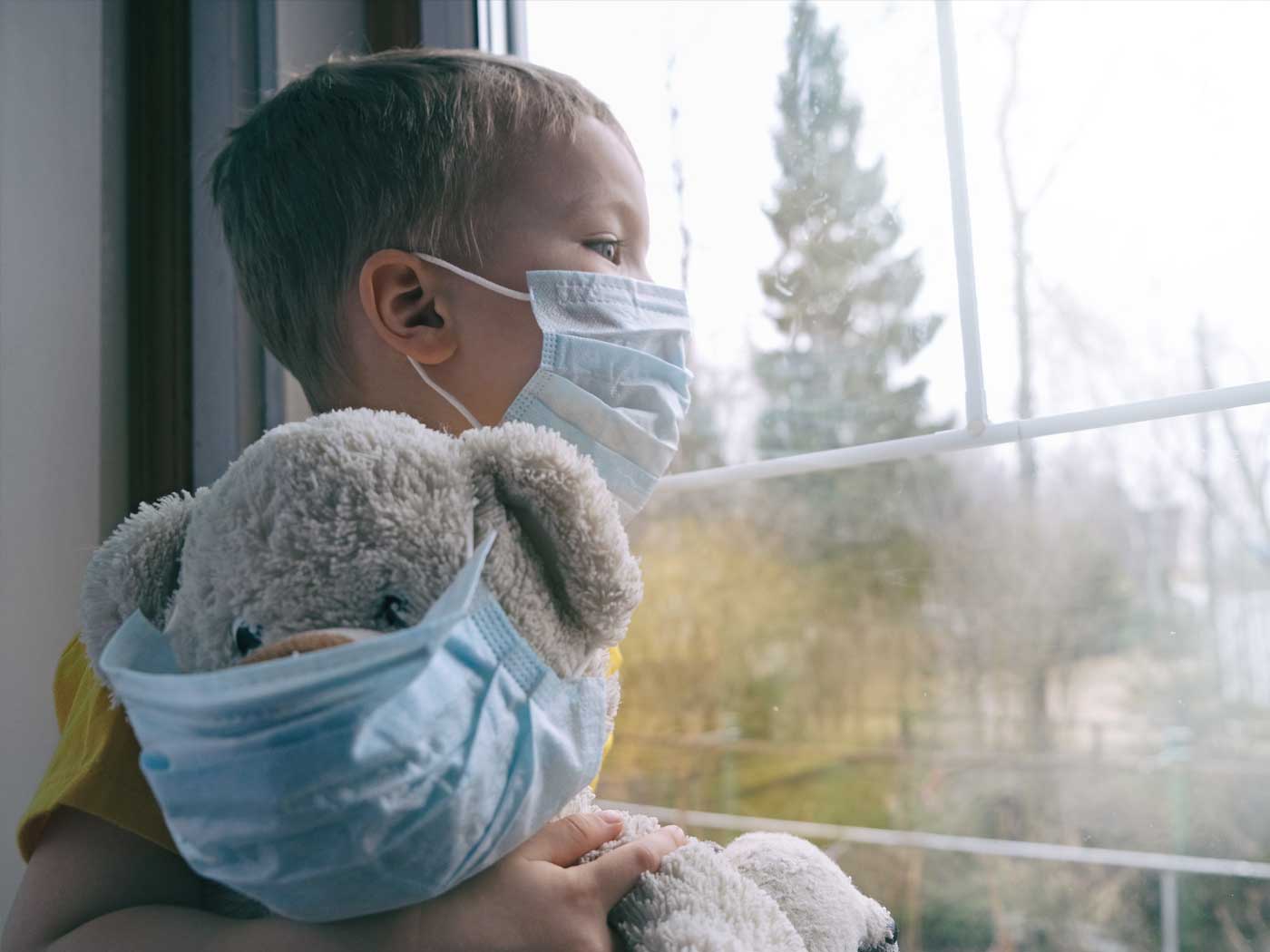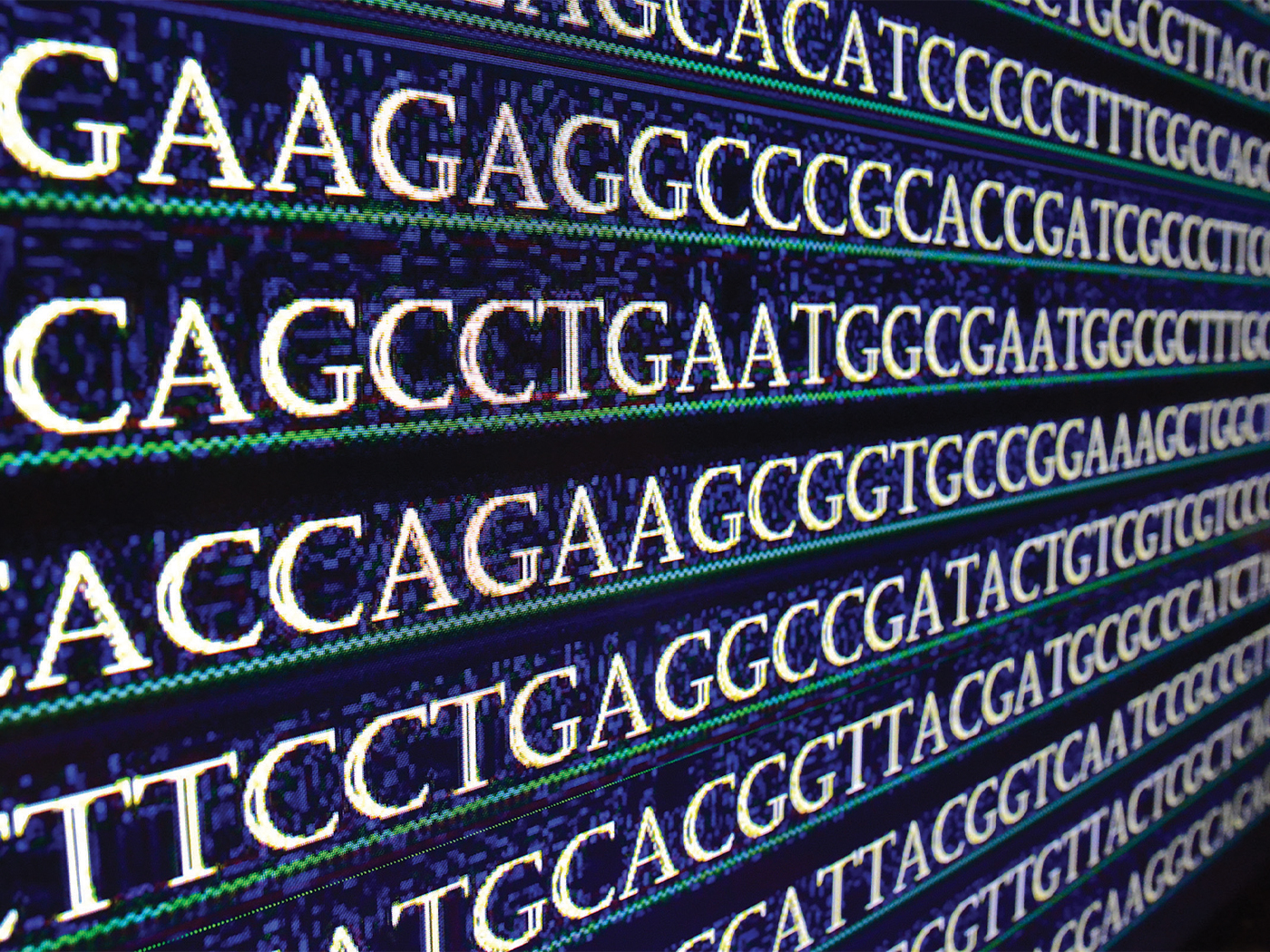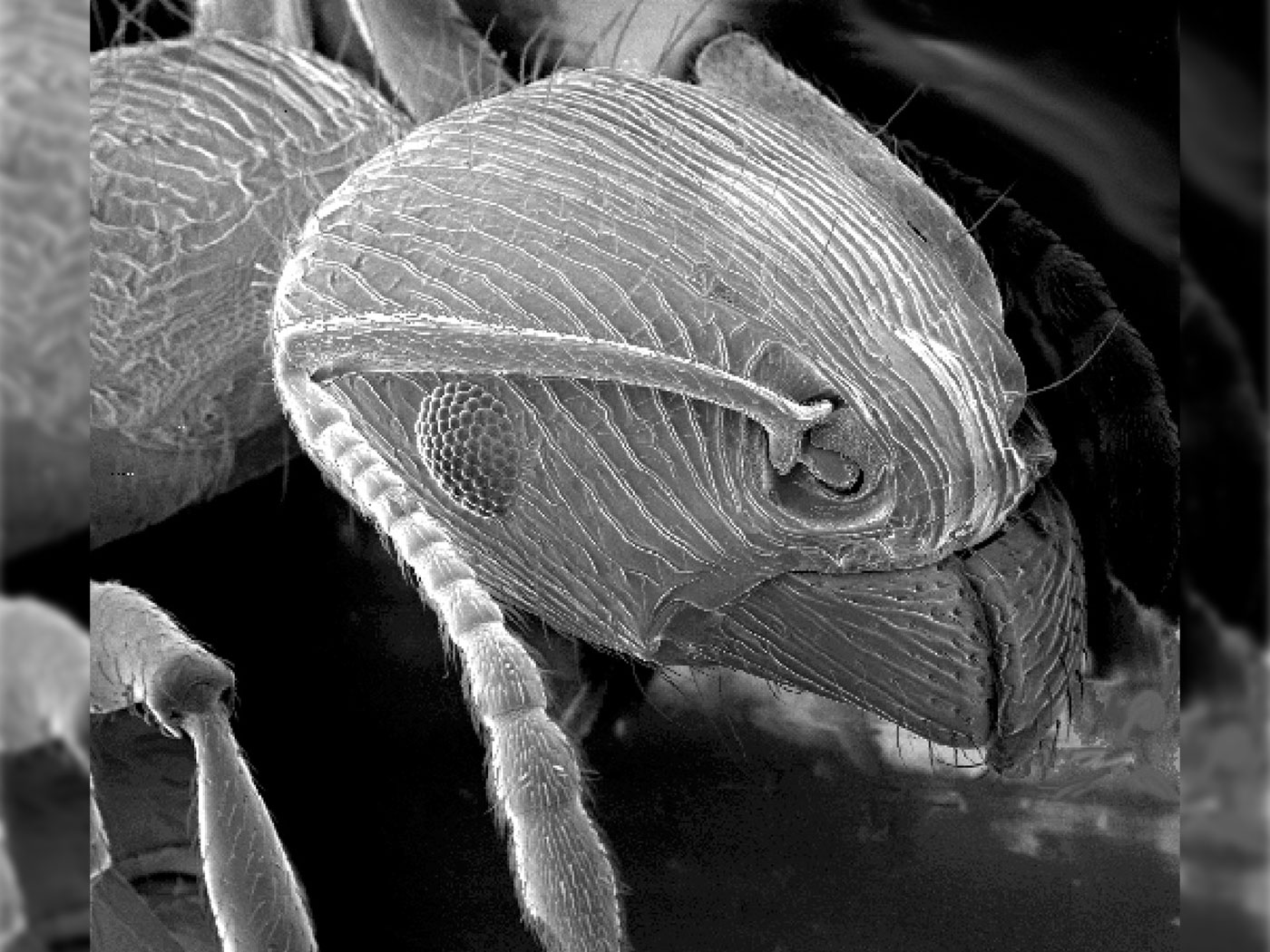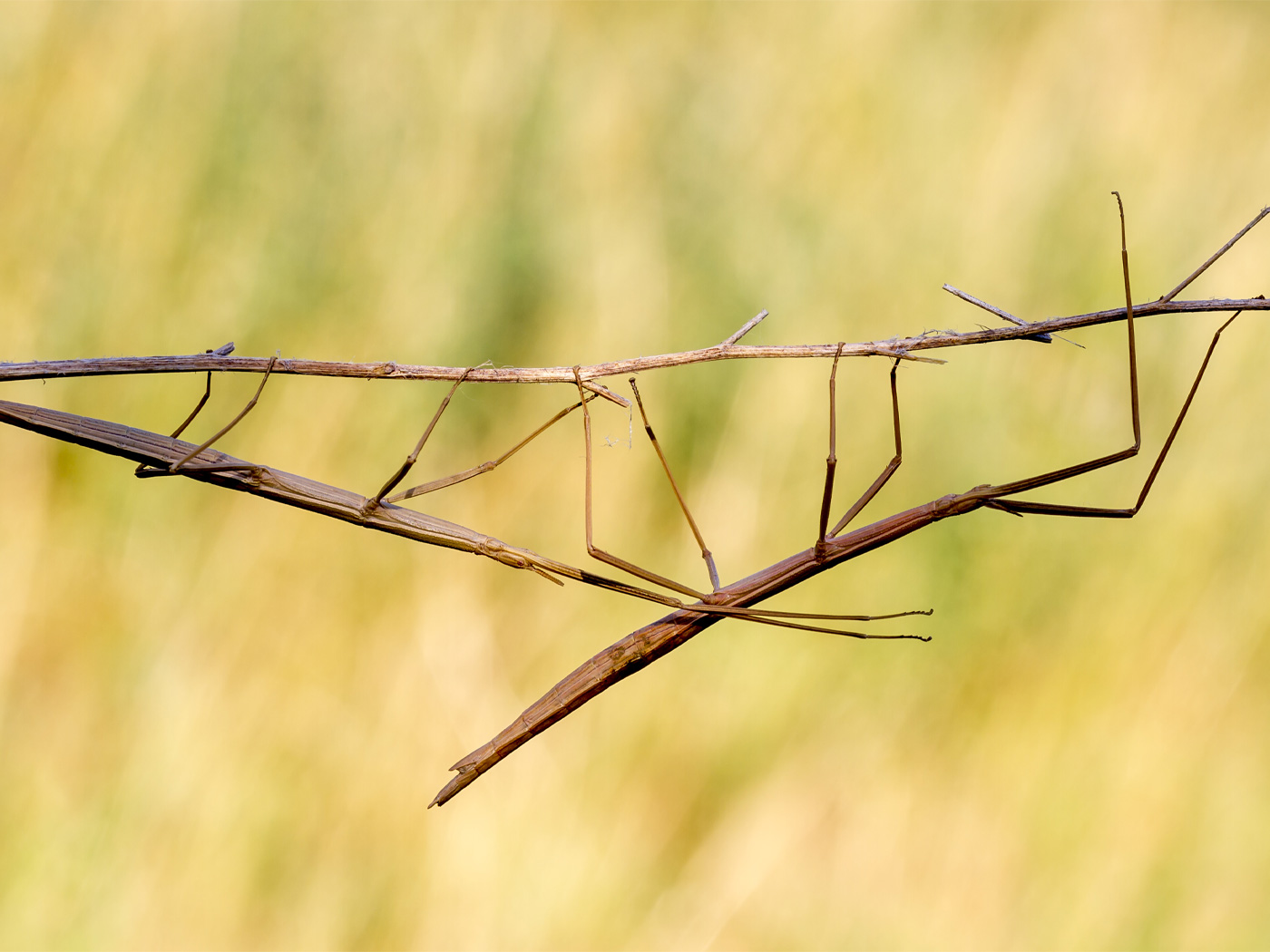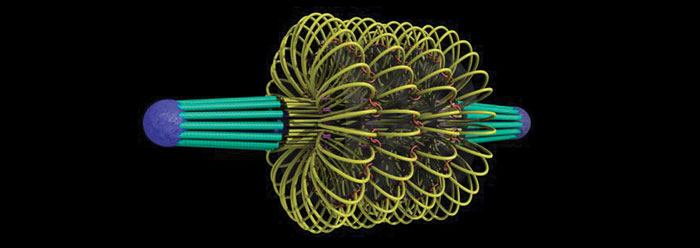The drought tolerance of a popular grain, sorghum, makes it an important global food crop. A recent study finds that sorghum manipulates soil conditions to promote a beneficial change in the microbes living on its roots when water is scarce.1 The complex systems conferring such tight cooperation between plants and microbes point to a wise Creator for their origin far more reasonably than the mystical scenarios invoking strong “positive” and “negative” selection events offered by the researchers.
Ling Xu and a large team working under the guidance of Devin Coleman-Derr of the University of California, Berkeley, published their findings in the Proceedings of the National Academy of Sciences.1 Over a four-month experiment they subjected Sorghum bicolor to controlled drought conditions and repeatedly sampled the microbes on and around their roots as well as assessing the performance of the plants themselves. The researchers found that the composition of the microbial community drastically shifted during watered conditions, and then shifted back during drought and then back again to watered. They also discovered some of the causal factors.
When sorghum detects the onset of drought it responds by adjusting its root metabolism accordingly. The sorghum roots release an increased range of carbohydrates and amino acids into the soil, as well as secondary metabolites which may include reactive oxygen species. The normally dominant microbes (Proteobacteria, Bacteroidetes, and Verrucomicrobia) are poorly suited to these changed conditions, which lead to a rapid decrease in their population. However, another community of microbes which are normally present in small numbers, the Streptomyces strains of Actinobacteria, are particularly suited to the new root products—and just so happen to naturally be better suited to drought conditions as well—and take over the primary colonization of the root system. The researchers suspect that the Streptomyces also release antibiotic compounds which help suppress the normally dominant microbes in the community.
Remarkably, sorghum detects the recolonization by Actinobacteria and, through an unidentified mechanism, adjusts its metabolism again so there is an “increase in relative root-to-shoot resource allocation.” The researchers concluded, “This colonization is correlated with increased root biomass, specifically under drought stress.”1 In short, the result was sorghum developed drought-fighting deeper roots and a greater root mass. A news article that interviewed the lead researchers said, “This suggests that the sorghum cultivars and microbes are having a sort of cross-talk.”2
Xu added, “One unexpected result from this study is the degree of resilience exhibited by the root microbiome, which undergoes, within 1 wk [one week] of rewatering, a dramatic shift from monoderm back to diderm dominance.”1
Seeing plants and microbes working together is “a real paradigm shift in plant ecology” says Adaptive Symbiotic Technologies founder and plant biologist Rusty Rodriguez.3 An earlier report in Nature on his work with different seeds treated with symbiotic fungi found that “compared to untreated seeds, the product increased maize yields by 85% in Michigan during a 2012 drought, increased seed germination rates by two to five times during 5 °C cold snaps, and enabled maize to use one-third less water. In rice, the scientists saw yield increases of 3–6% in 2012 and 2013, despite drought and early-season planting when temperatures were cool. The crop also used 25–50% less water than normal.” That’s quite remarkable, given that there was no special breeding, genetic changes, or use of chemicals with these plants—only a change in the fungi on the seeds.
How does the microbe-plant relationship happen? Evolutionists who reject any engineered relationship between microbes, plants, and animals are forced to appeal to totally mystical explanations. They must claim that the organisms all somehow co-evolved together—an explanation that the evolutionists cannot demonstrate.
In the research on sorghum, mystical actions by roots or drought dominate what are supposed to be scientific explanations. For example, PNAS published Xu’s simplistic claims for the change in bacterial community composition as the sorghum root’s “altered metabolism positively selects for monoderm [Actinobacteria] growth and negatively selects for diderms [Proteobacteria, etc.].”1 That’s it?
In contrast, ICR research has shown that anytime two independent entities work together there must be an interface connecting them with a minimum of three elements: authentication mechanisms, regulatory protocols, and a common medium.4 A press report from U.C. Berkeley accompanying the release of the research expresses indications of an interface stating, “Some of these compounds appear to provide a communication channel between the plant and bacteria, indicating the drought status of the plant.”5
Why should the fact that plants and microbes work together be a real paradigm shift in plant ecology? Because evolutionists believe that the diversity of life results from random genetic mutations coupled to mystical selection events that are arbitrary with respect to a goal—any given functional trait is achieved by chance processes. But a biblical explanation is design-based and organism-focused and expects organisms to function according to engineering principles. We know that engineers may design one distinct entity like a radio to work together with another entity like a radio transmitter into a completely separate system called a communications system. An engineering-based explanation describing the relationships of microbes, plant, and animals would expect to find autonomous entities with innately designed adaptive capacities, entities that were originally designed to work together as parts of larger, non-violent, cooperative systems.6
These systems would yield results (some synergistic) that facilitate populations to continuously fill an ever-changing Earth just as they were commanded to do in Genesis 1:22, 28. Complex modes of adaptation work not only within the organism itself, but extend all the way out to inter-organismal engineering that include bacteria and fungi working together with plant systems. This amazing co-engineering enables plants to optimally adapt to both temperature fluctuations and changes in soil water availability.
This amazing co-engineering enables plants to optimally adapt to both temperature fluctuations and changes in soil water availability. ![]()
ICR is leading the way in explaining the interactions of an organism to its environment as distinct entities working together as elements of a larger system. This approach shows a higher level of design which demonstrates significant forethought and wide-ranging designed control and, thus, more glory to Nature’s Creator, the Lord Jesus.
References
1. Xu, L. et al. 2018. Drought delays development of the sorghum root microbiome and enriches for monoderm bacteria. Proceedings of the National Academy of Sciences. 115(18): E4284-E4293.
2. Hunter, A. K. Microbes in Soil Help Sorghum Stay Strong Against Droughts. Inside Science. Posted on insidescience.org April 17, 2018, accessed September 25, 2018.
3. Jones, N. 2013. Food fuelled with fungi. Nature. 504(7479): 199.
4. Guliuzza, R. J. and F. Sherwin. 2016. Design Analysis Suggests that our “Immune” System Is Better Understood as a Microbe Interface System. Creation Research Society Quarterly. 53(2): 123-139.
5. Anonymous. Drought treatment restructures plants’ microbiomes. Research News. Posted on Berkeley.edu on April 16, 2018 accessed on September 25, 2018.
6. Guliuzza, R. J. 2014. A Response to “Does Natural Selection Exist?”: Creatures’ Adaptation Explained by the Design-based, Organism-driven Approach: Part 1. Answers Research Journal. 7: 403-420.
Stage image: Sorghum
Stage image credit: Copyright © 2011. Wikipedia. Used in accordance with federal copyright (fair use doctrine) law. Usage by ICR does not imply endorsement of copyright holder.
*Randy Guliuzza is ICR’s National Representative. He earned his M.D. from the University of Minnesota, his Master of Public Health from Harvard University, and served in the U.S. Air Force as 28th Bomb Wing Flight Surgeon and Chief of Aerospace Medicine. Dr. Guliuzza is also a registered Professional Engineer.






